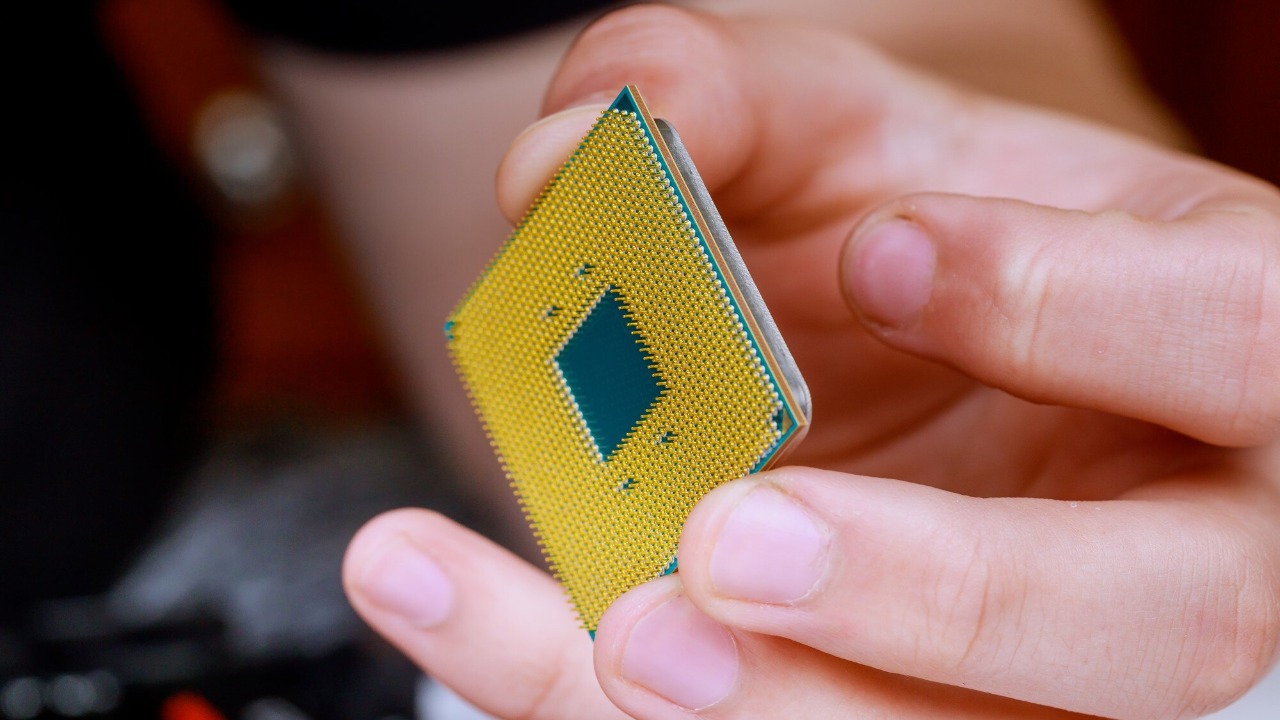
Microsoft has taken a significant leap in the field of quantum computing with the unveiling of its new quantum chip, powered by topological qubits. This breakthrough, poised to revolutionize computational power and efficiency, leverages the unique properties of topological qubits to overcome challenges faced by traditional quantum systems. As the tech world watches, Microsoft is setting the stage for a quantum future with potential implications across various sectors.
Understanding Topological Qubits
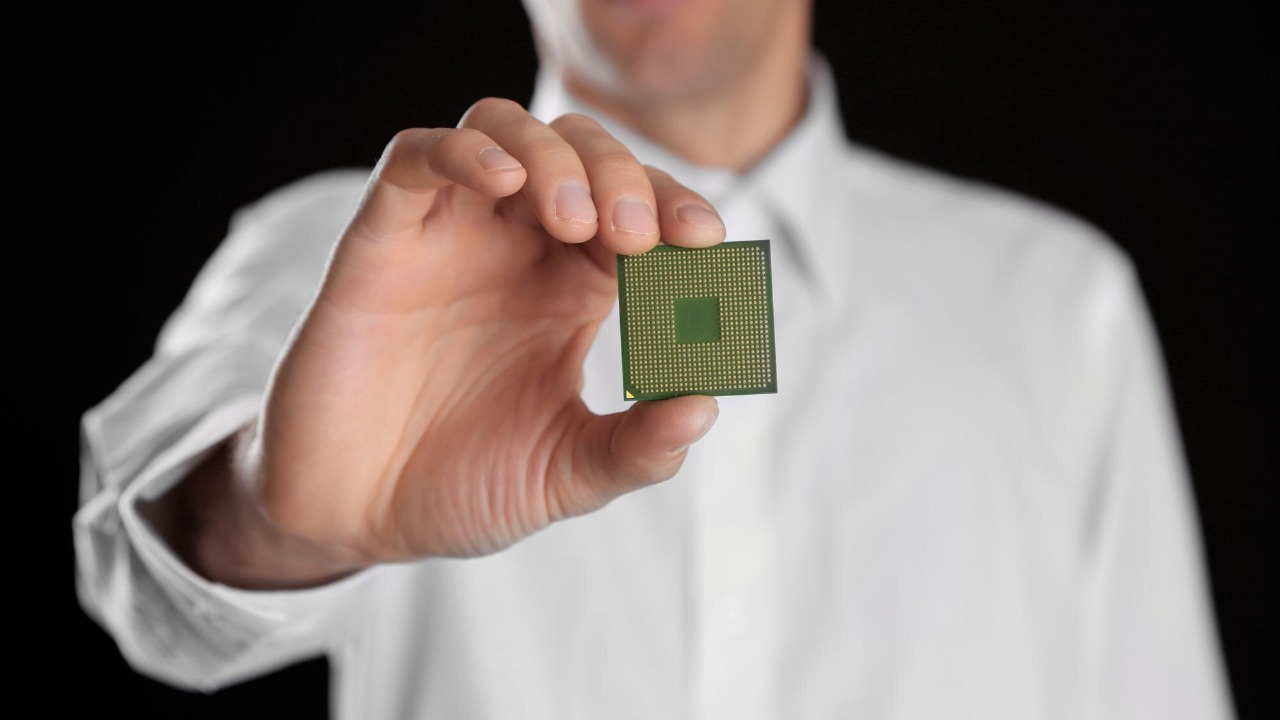
What Are Topological Qubits?
Topological qubits represent a novel approach to quantum computing, promising enhanced stability and reduced error rates over traditional qubit systems. Unlike conventional qubits, which are prone to decoherence and noise, topological qubits leverage the mathematical properties of topology to maintain integrity. This method inherently protects quantum information, making it more reliable for complex computations.
One of the standout advantages of topological qubits is their robustness against environmental disturbances. While traditional qubits require extremely precise conditions to function effectively, topological qubits are designed to withstand a broader range of external influences. This quality not only improves stability but also simplifies the overall quantum system design, paving the way for more efficient and scalable quantum computers.
The Role of Majorana Fermions
Central to the development of topological qubits is the use of Majorana fermions, exotic particles that are their own antiparticles. These particles are crucial in maintaining the stability of quantum states within topological qubits. By braiding Majorana fermions, researchers can encode quantum information in a manner that is inherently protected from local disturbances, greatly enhancing the resilience of the quantum system.
The significance of Majorana fermions lies in their ability to provide fault tolerance. Traditional qubits require complex error correction codes to achieve similar levels of reliability, often at the cost of added computational overhead. In contrast, Majorana fermions enable a more streamlined approach, allowing for more practical and scalable quantum computing solutions.
The Majorana-1 Quantum Chip
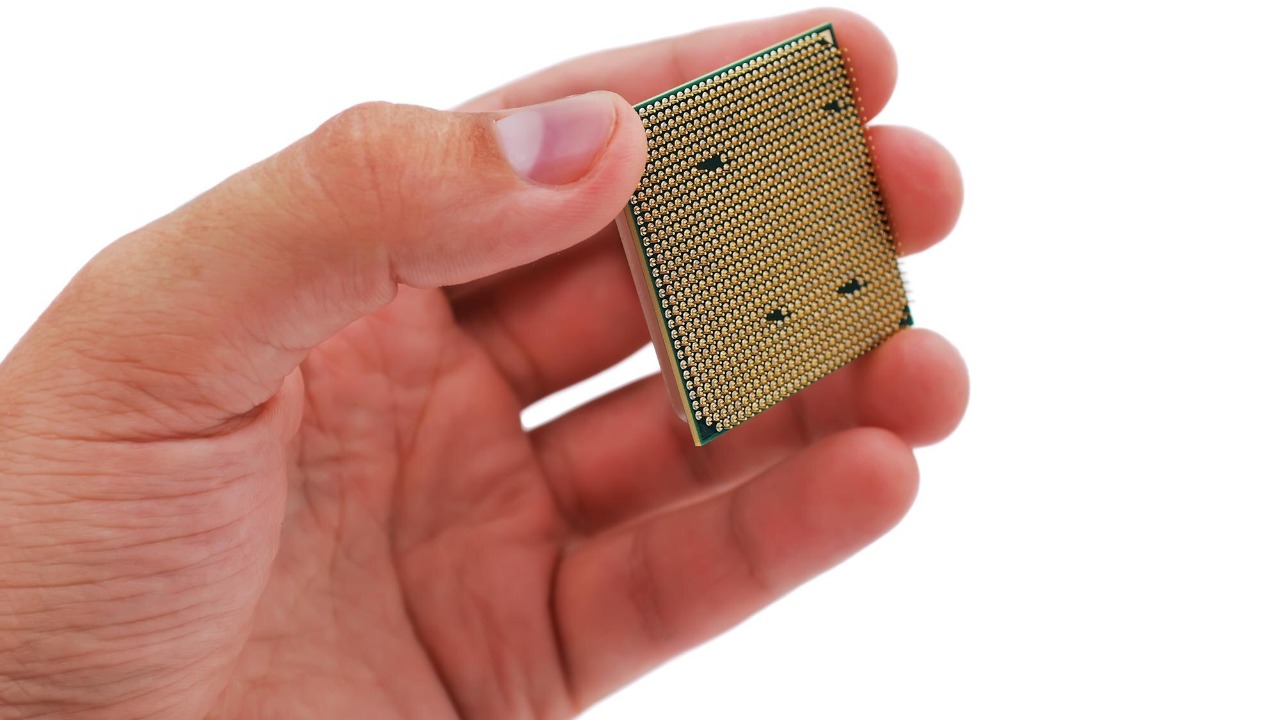
Technical Specifications and Innovations
The Majorana-1 chip marks a significant milestone in quantum computing technology. Engineered to harness the power of topological qubits, this chip offers a suite of innovative features designed to optimize performance. Among its key attributes are advanced error correction mechanisms and a unique architectural design that supports efficient qubit interactions.
The chip’s architecture has been tailored to accommodate the intricacies of topological qubits, ensuring minimal interference and maximal computational efficiency. By integrating cutting-edge materials and manufacturing processes, the Majorana-1 chip sets a new benchmark for quantum processors, promising unprecedented levels of power and performance.
Collaborations and Development Process
The development of the Majorana-1 chip is the result of a collaborative effort between Microsoft’s internal research teams and a network of external experts. By partnering with leading academic institutions and industry specialists, Microsoft has been able to leverage a wealth of knowledge and experience in the field of quantum computing. This collaboration has played a crucial role in overcoming the technical challenges associated with topological qubit technology.
Throughout the development process, Microsoft’s commitment to innovation and excellence has been evident. By fostering a culture of collaboration and open communication, the company has successfully brought together diverse perspectives and expertise, culminating in the creation of a quantum chip that stands at the forefront of technological advancement.
Potential Impact on Quantum Computing

Advancements in Computational Power
The Majorana-1 chip promises to significantly enhance computational capabilities, opening up new possibilities for a wide range of industries. In fields such as pharmaceuticals, the chip could enable the simulation of complex molecular interactions, accelerating drug discovery and development processes. Similarly, in cryptography, the chip’s advanced computational power could lead to breakthroughs in data encryption and security.
Beyond these applications, the potential of the Majorana-1 chip extends to areas like artificial intelligence, where its processing power could facilitate more sophisticated machine learning algorithms. By providing a robust platform for quantum computations, the chip is poised to drive innovation and transformation in numerous sectors, paving the way for a new era of technological progress.
Challenges and Future Prospects
Despite its potential, the path to widespread adoption of topological qubit technology is not without challenges. One of the primary hurdles is scaling the technology for commercial use, as the current manufacturing processes and materials require further refinement to achieve mass production. Additionally, the integration of quantum systems with existing infrastructure presents a complex technical challenge that must be addressed.
Looking to the future, research and development efforts continue to focus on overcoming these obstacles. As advancements are made, the prospects for quantum computing are bright, with anticipated milestones including further improvements in qubit stability and the development of more efficient quantum algorithms. With ongoing investment and innovation, the dream of practical, scalable quantum computing is drawing ever closer to reality.
Comparative Analysis with Other Quantum Technologies
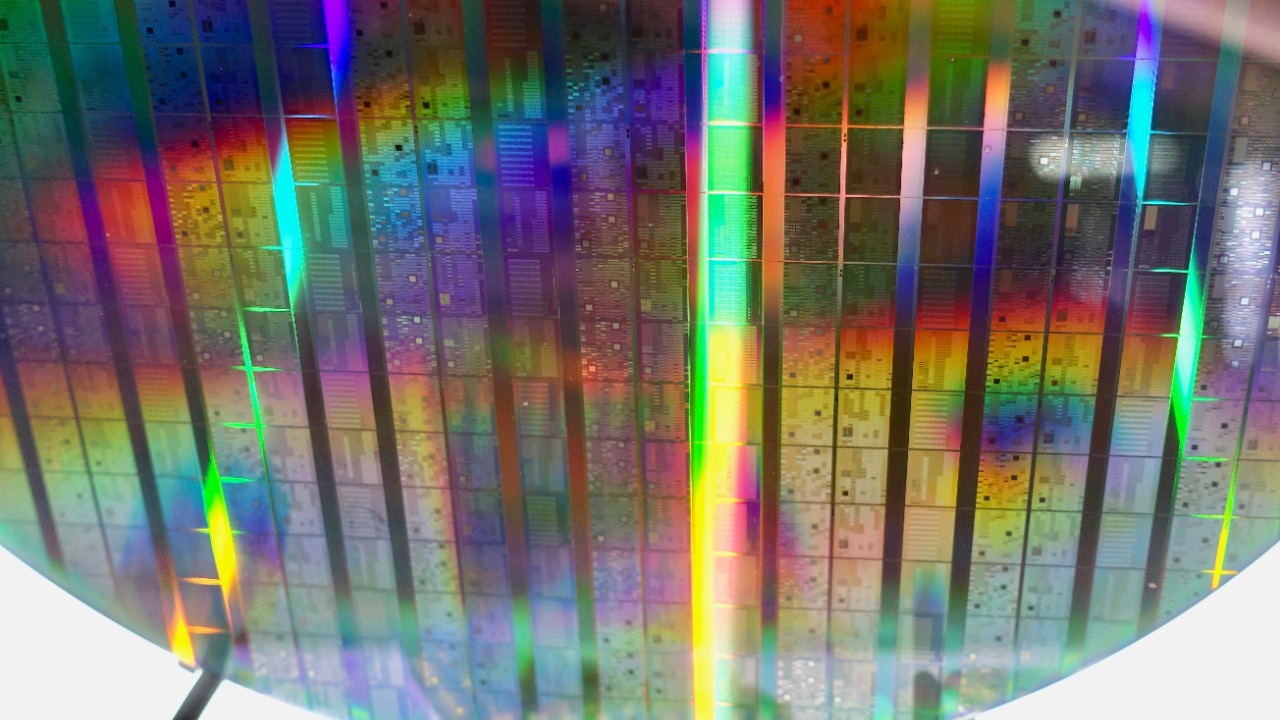
Topological Qubits vs. Traditional Qubits
When comparing topological qubits to traditional qubits, several key differences emerge. Traditional qubits, often based on superconducting circuits or trapped ions, are susceptible to decoherence and require complex error correction techniques. In contrast, topological qubits offer inherent error resistance due to their unique properties, reducing the need for additional corrective measures.
Real-world examples illustrate the advantages of topological qubits. For instance, while conventional quantum processors may struggle with stability as qubit count increases, topological systems maintain performance, allowing for more reliable scaling. This fundamental difference positions topological qubits as a more promising solution for the future of quantum computing.
Market Landscape and Competitors
Microsoft’s advancements with the Majorana-1 chip have positioned the company as a leader in the competitive quantum computing market. By focusing on topological qubit technology, Microsoft has differentiated itself from other players in the field, such as IBM and Google, who have pursued alternative quantum architectures.
As the race for quantum supremacy intensifies, the stakes are high, with numerous companies vying for a share of the burgeoning market. Microsoft’s innovative approach, combined with its strategic collaborations and robust research capabilities, provides a significant edge in this rapidly evolving landscape. For more details, visit Microsoft’s announcement on the Majorana-1 chip.
Implications for the Tech Industry and Beyond
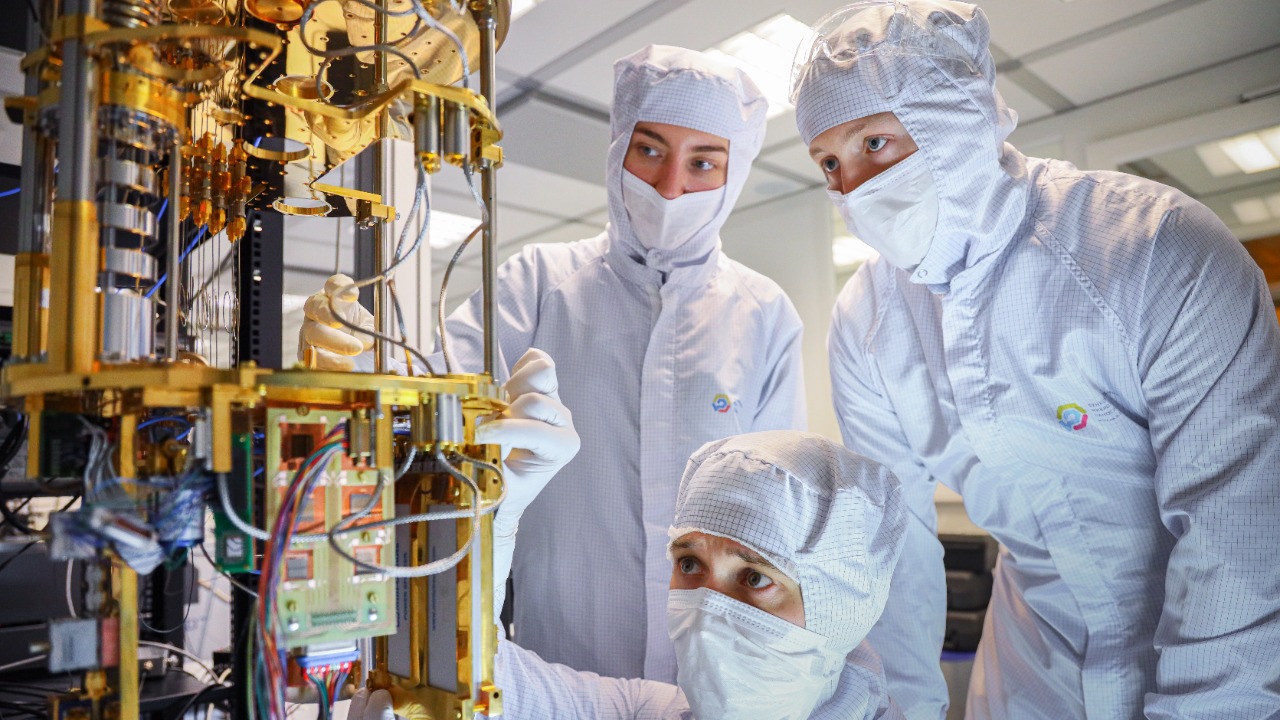
Revolutionizing Technology Development
The advent of quantum computing, spearheaded by innovations like the Majorana-1 chip, has the potential to redefine technology development paradigms. By providing unprecedented computational power, quantum systems could transform software development, enabling more sophisticated applications and services. Additionally, hardware design may undergo significant changes as new architectures emerge to harness the capabilities of quantum processors.
In the realm of IT infrastructure, the impact of quantum computing is likely to be profound. Data centers and cloud services may need to adapt to accommodate quantum systems, potentially leading to the development of new standards and protocols. As the industry evolves, companies will need to stay abreast of these changes to remain competitive and capitalize on the opportunities presented by quantum advancements.
Broader Economic and Societal Effects
The economic impact of quantum computing breakthroughs is expected to be substantial, with potential benefits extending across various sectors. Industries such as finance, healthcare, and logistics could see significant improvements in efficiency and productivity, driven by the enhanced computational capabilities of quantum systems. As a result, new business models and opportunities may emerge, reshaping the economic landscape.
On a societal level, the advancements in technology and computing power facilitated by quantum computing could lead to transformative changes. From accelerating scientific research to enhancing cybersecurity, the potential applications of quantum technology are vast. As these developments unfold, they may drive progress in areas such as environmental sustainability and global connectivity, ultimately contributing to a more advanced and interconnected world. To learn more about the implications of this technology, check out this comprehensive analysis.